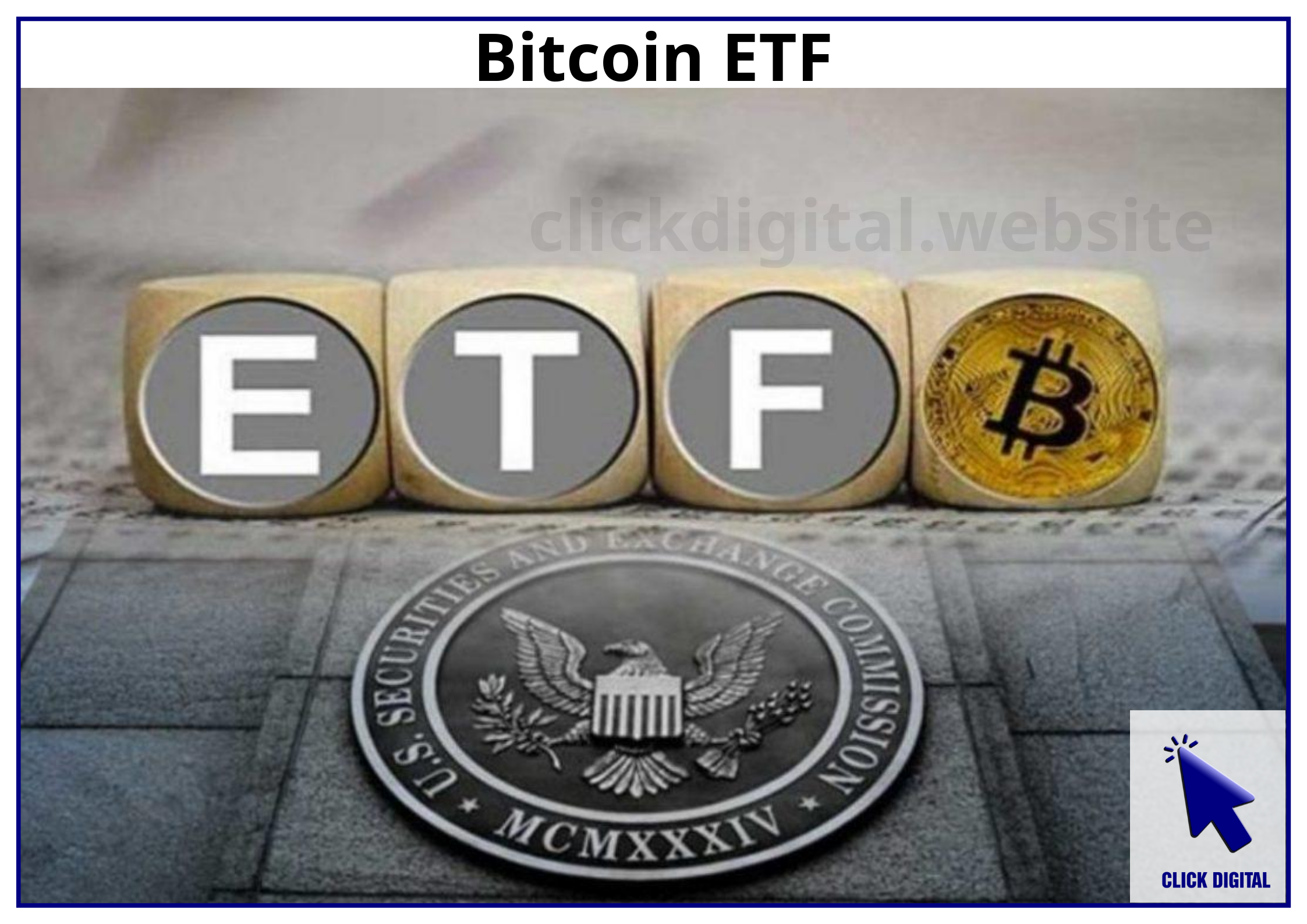Key Takeaways:
- Initial investor interest in new crypto index ETFs has been significantly lower compared to spot Bitcoin ETFs.
- The limited scope of assets (currently only Bitcoin and Ether) is hindering diversification and overall appeal.
- Future regulatory approvals for ETFs holding a broader range of cryptocurrencies are highly anticipated.
The launch of U.S. cryptocurrency index Exchange Traded Funds (ETFs), which are designed to offer investors a diversified crypto portfolio, has received a surprisingly muted response. According to data, such funds, which hold Bitcoin (BTC) and Ether (ETH), have attracted much less capital than the earlier rush for spot Bitcoin exchange-traded funds.
Table of Contents
A Slow Start for Crypto Index ETFs
The Franklin Crypto Index ETF (EZPZ), a new fund sponsored by Franklin Templeton, has garnered roughly $2.5 million in net assets since its inception on Feb. 20, according to the fund’s website. Meanwhile, the Hashdex Nasdaq Crypto Index US ETF (NCIQ) has attracted only slightly over $1 million since its launch on February 14, according to Hashdex’s website.
This performance is nowhere near the enthusiasm surrounding the earlier launch of spot Bitcoin ETFs this year. In comparison, Franklin Templeton’s own Franklin Bitcoin ETF (EZBC) brought in around $50 million in net inflows on its opening day of trading in January 2024, data from Statista shows. Likewise, the Bitwise Bitcoin ETF (BITB) experienced an astounding $240 million pour into its coffers on its inaugural day.
Single-asset spot Ether ETFs, while less explosive than Bitcoin ETFs, still managed to attract around $100 million in net inflows on their first trading day, demonstrating a stronger initial demand than these newer index funds.
Franklin Crypto Index ETF launched on Feb 20. Source: Franklin Templeton
Why the Lackluster Performance?
A number of factors have likely contributed to the tepid investor interest. One key reason is that these index ETFs, as they currently stand, provide very little diversification.
Inability to Diversify Due to Limited Scope
Although these funds aim to track a diversified index of crypto assets, providing U.S. investors with a “one-stop-shop” crypto portfolio, their utility remains restricted due to regulatory hurdles. EZPZ and NCIQ both track indexes of crypto assets based on their respective market capitalizations. This leads, naturally, to a Bitcoin-dominant portfolio; Bitcoin has a market cap of about $1.9 trillion (Google Finance, February 21). Ether, the second-largest crypto, accounts for most of the other assets.
The ETFs are currently limited to holding just Bitcoin and Ether. Their long-term aim is to offer a more diverse portfolio of crypto assets, pending future regulatory green lights. For investors looking for broad exposure to the space, this limitation reduces the attractiveness of these ETFs relative to what available funds could do if they held a wider range of assets.
The Appeal of Diversification and the Regulatory Barrier
This is because a diversified crypto ETF will be an investment vehicle that captures the growth potential in the wider crypto ecosystem, rather than relying on the performance of Bitcoin and Ether alone. This can provide a means for diversification and also help reduce risks while giving some exposure to different projects and new trends in the crypto world.
As an illustration, think of an investor who comes across two cryptocurrencies, Solana (SOL) or XRP, both of which may have very different usages and market situations. As of now, these index ETFs do not have any exposure to such assets. That leaves investors with the choice to buy these cryptocurrencies outright or wait for ETFs that can hold them.
In fact, the Securities and Exchange Commission (SEC) has seen ETF applications for a more extensive range of altcoins. In October, securities exchange NYSE Arca applied to list a Grayscale ETF that would hold a broader variety of spot cryptocurrencies. The Grayscale Digital Large Cap Fund, launched in 2018, is not yet publicly traded and holds a crypto index portfolio comprising Bitcoin, Ether, Solana, and XRP, among others.
More News: SEC Acknowledges Grayscale’s XRP & Dogecoin ETF Filings: A Game Changer or Regulatory Roadblock?
What to Expect for Crypto ETFs in the Future
The SEC’s response to these applications hints at an increasing tolerance for crypto-investment vehicles. Analysts expect that even more crypto ETFs holding the likes of SOL and XRP could see the greenlight as soon as 2025. This would create a drastically wider array of options for investors to gain diversified exposure to the crypto market.
Just imagine, if there were an ETF that could hold a curated basket of the top 10 or 20 cryptocurrencies by market capitalization. This would provide investors with immediate diversification and access to a wide range of projects from decentralized finance (DeFi) protocols to layer-2 scaling solutions. Such a product might well generate substantial new flows of capital into the crypto market.
Regulatory Environment: A Major Consideration
The future of crypto index ETFs largely depends on how the regulatory landscape evolves. Now that regulators have a better grip on the crypto asset class, we should start to see more diverse ETF options approved, meaning more choices and more diversification for investors. The approval of spot Bitcoin ETFs was also a landmark, but the approval of ETFs holding altcoins would be another leap.
The tepid initial reception to these new crypto index ETFs is not a sign of failure. Instead, it serves as a reminder about the importance of diversification and a continued need for regulatory clarity within the crypto ecosystem. The market is clearly expressing a demand for more diversified crypto investment products, and it is only a matter of time before such products become a reality. At this point, investors are simply awaiting the regulatory green light to a broader crypto investment vehicle. So until then there seems to be more attractive options in the form of spot Bitcoin ETFs than the limited diversification we currently have access to in the form of the Crypto Index ETFs.

